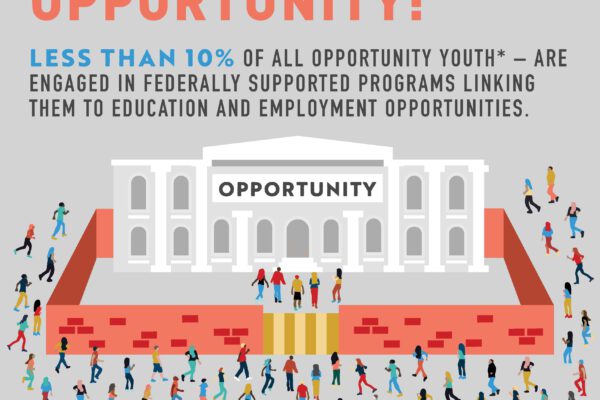Understanding Policy Issues in Dual Enrollment
Title: College in the High School Alliance’s Federal Playbook: 2023 Edition
Authors: Alex Perry, Erica Cuevas, Daryl Hornick-Becker, Nick Mathern, Steve Voytek
Source: College in the High School Alliance, in collaboration with Jobs for the Future, Achieving the Dream, and Foresight Law + Policy
During the last decade, states, school districts, and higher education institutions have expanded access to college courses for high school students through programs such as dual enrollment and early college. A new report from the College in the High School Alliance analyzes how states, education agencies, and colleges and universities can leverage existing federal funding opportunities, as well as push for new funding and policy options.
Current federal policy through the Every Student Succeeds Act defines dual enrollment as “a dual or concurrent program offered by a partnership between at least one institution of higher education and one local education agency through which a secondary school student has not graduated from high school is able to enroll in one or more college and university courses.” The term “early college high school” refers to “a partnership between one local education agency and at least one IHE that allows participants to simultaneously complete requirements toward earning a regular high school diploma and earn not less than 12 college or university credits.” Although there are separate definitions in federal policy, early college high school programs also meet the definition of dual enrollment, and the term “dual enrollment” can be used to encompass all forms of programs that meet the definition.
The Federal Playbook: 2023 Edition is divided into two sections. The first focuses on using federal funds and programs to support dual enrollment, and the second describes opportunities in advocating for a new Federal policy and funding.
Using current federal funds to support dual enrollment: Dual enrollment programs are supported by the federal government through discretionary grants, as well as mandatory federal funding to state and local education agencies through formula grants.
The Every Student Succeeds Act (ESSA) provides opportunities for state and secondary schools to fund dual enrollment opportunities, including college preparatory courses and provide professional development for instructors teaching dual enrollment courses.
The Cark D. Parkins Career and Technical Act (Perkins V) provides funding availability for state agencies, secondary schools, and certain institutions of higher education. Perkins V provides opportunities to expand access to students for dual enrollment programs with a career and technical education focus and reduce or eliminate out-of-pocket expenses such as textbooks for special student populations.
Finally, the Higher Education Opportunity Act enables institutions of higher education to support access for low-income students through the GEAR Up Grant.
Advocating for new federal policy and funding: Between 40 to 60 percent of all students are taking college courses while in high school in some states, so there is an increased demand for more robust and expanded federal policies to meet the needs of these students.
The College in the High School Alliance has proposed one potential solution: a matching federal-state grant program. Examples of legislation that would create a grant program for states to expand dual enrollment opportunities include the Jumpstart on College Act and the Fast Track To and Through College Act.
To read the full Federal Playbook report, click here. For more information on the College in the High School Alliance and their work in tracking Federal and State Policy issues, click here.
If you have any questions or comments about this blog post, please contact us.

